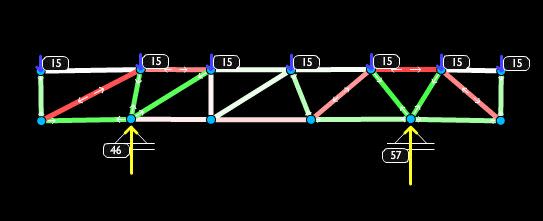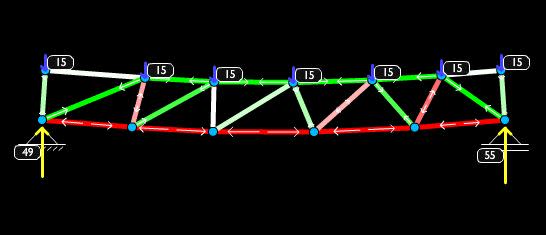-
1
- #1
hokie66
Structural
- Jul 19, 2006
- 23,116
Site management has requested that we limit the length of the other thread by forming a new one. This subject may require III, IV....
Link to Part 1
Link to Part 1
Follow along with the video below to see how to install our site as a web app on your home screen.
Note: This feature may not be available in some browsers.
BARetired said:The end diagonal, column and canopy slab still seem to form a triangle after collapse, although the connection between the end diagonal and column cannot be seen.
hoikie66 said:All the photos show me that the failure was a joint failure rather that a member failure. Both ends of Member 10 developed hinges at the same time.

Structuralengr89 said:.IMO he is taking on some liability with the structure.
Hokie said:But in the dashcam video, both the top and bottom chord hinged at the ends of member 10.
dik said:FDOT, the city, the University, the consultants, the constructor, and any of the sub-trades are fair targets...
hokie66 said:They were probably all failing. But in the dashcam video, both the top and bottom chord hinged at the ends of member 10.
dik said:I'm surprised a lawsuit has not already been filed.
Hokie said:Just my opinion, but I think the truss was doomed to fail at the joints. At some stage, I hope we see some further information about the details, not just how the PT was arranged and anchored, but what was supposed to reinforce the joints.
dik said:Just realised that I couldn't find any reference to confinement reinforcing in the anchorage zones... those high compressive loads from the post-tensioning would give rise to some high tensile stresses in the vicinity of the anchor.
hokie66 said:I don't really know which node failed first. They were probably all failing. But in the dashcam video, both the top and bottom chord hinged at the ends of member 10.


Ingenuity said:Well, targets certainly; 'fair' is debatable. Probably include the concrete testing lab, special inspectors, material suppliers, etc, to the list too.
tomfh said:The insurers would all be notified already, and are no doubt working out their respective positions regarding the inevitable claims.
